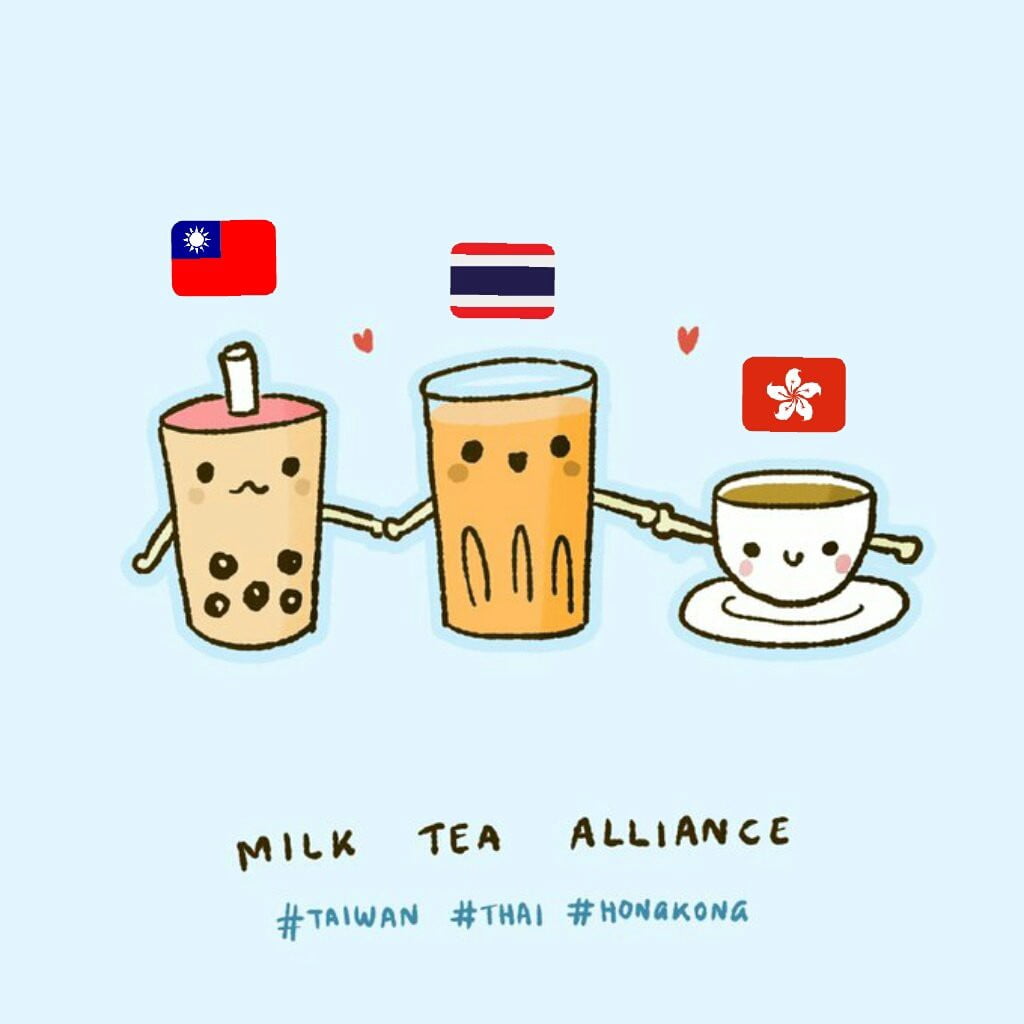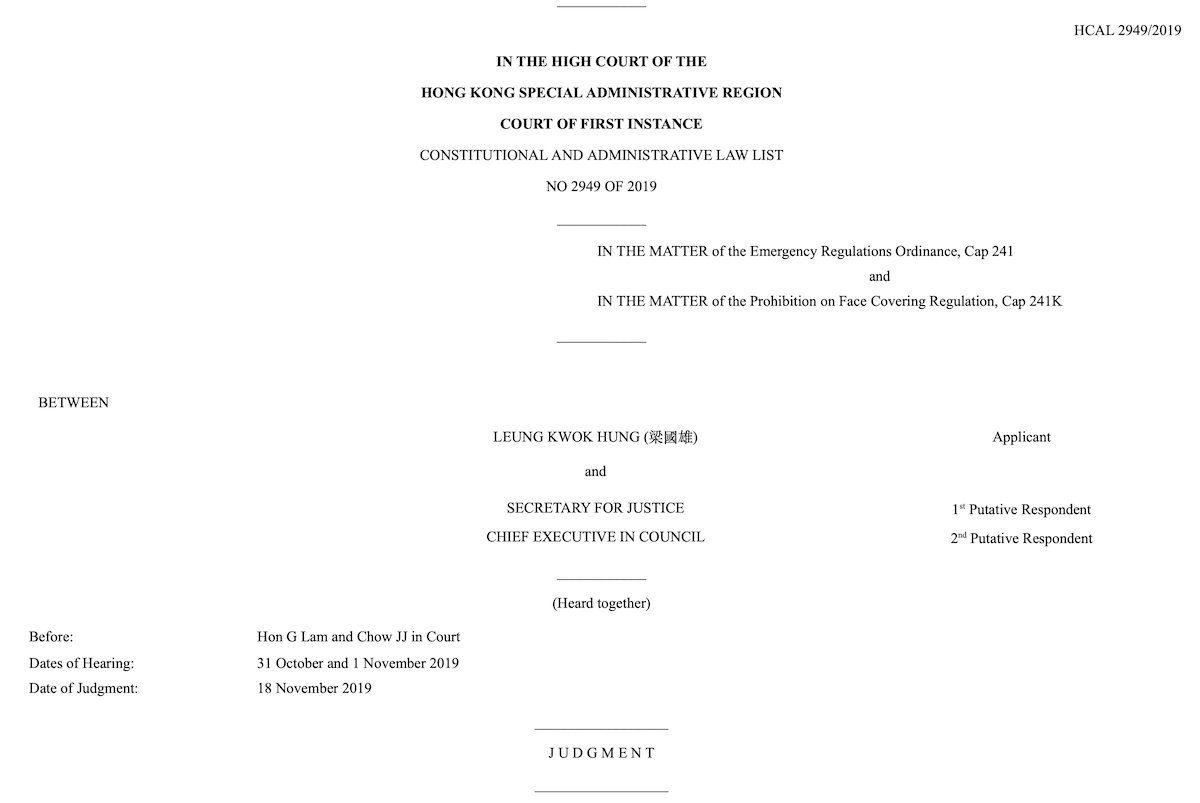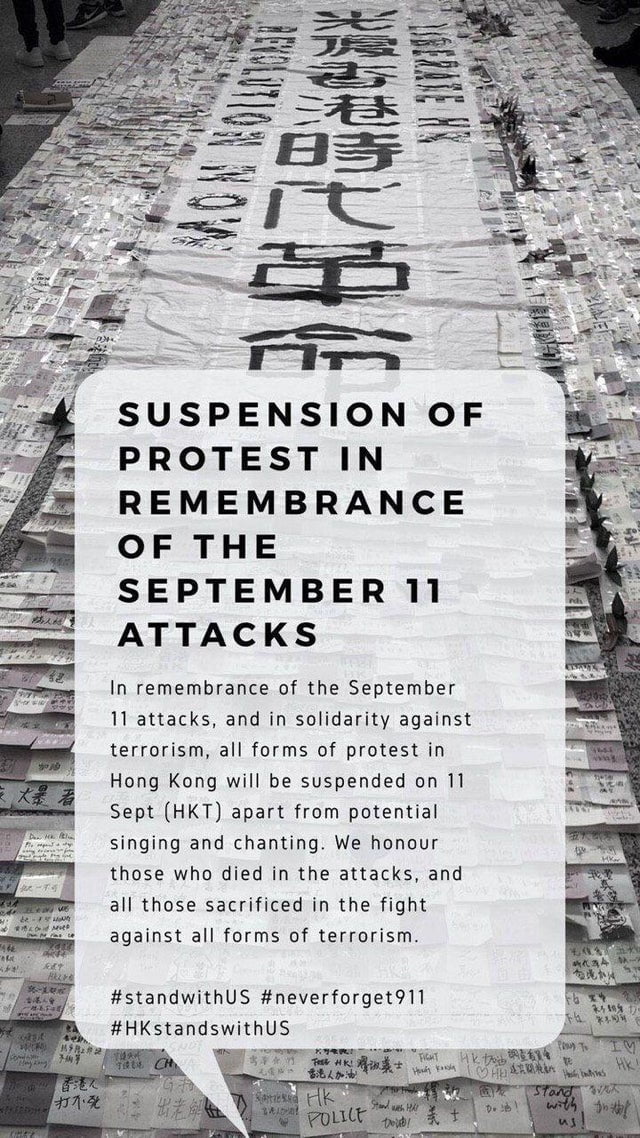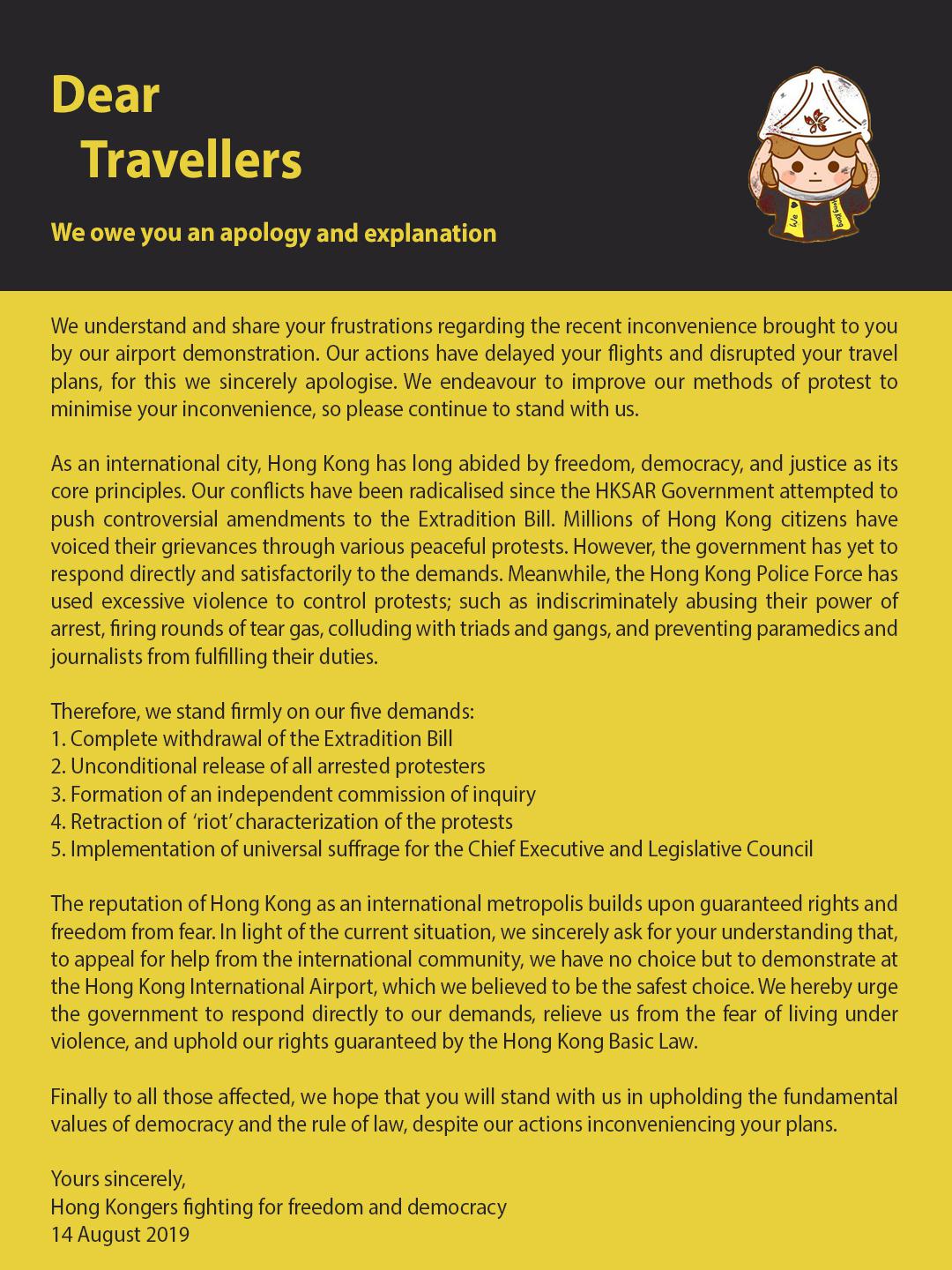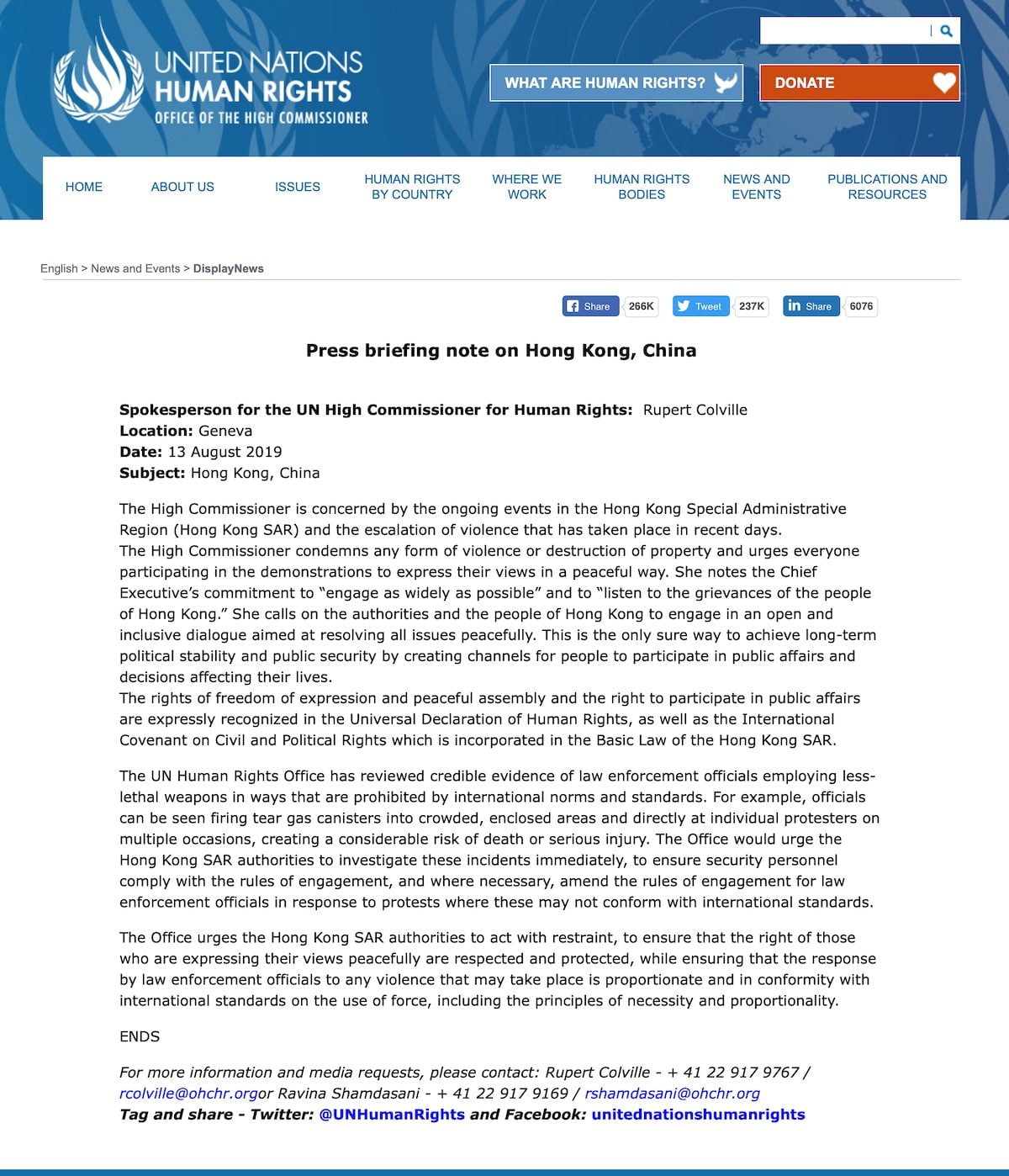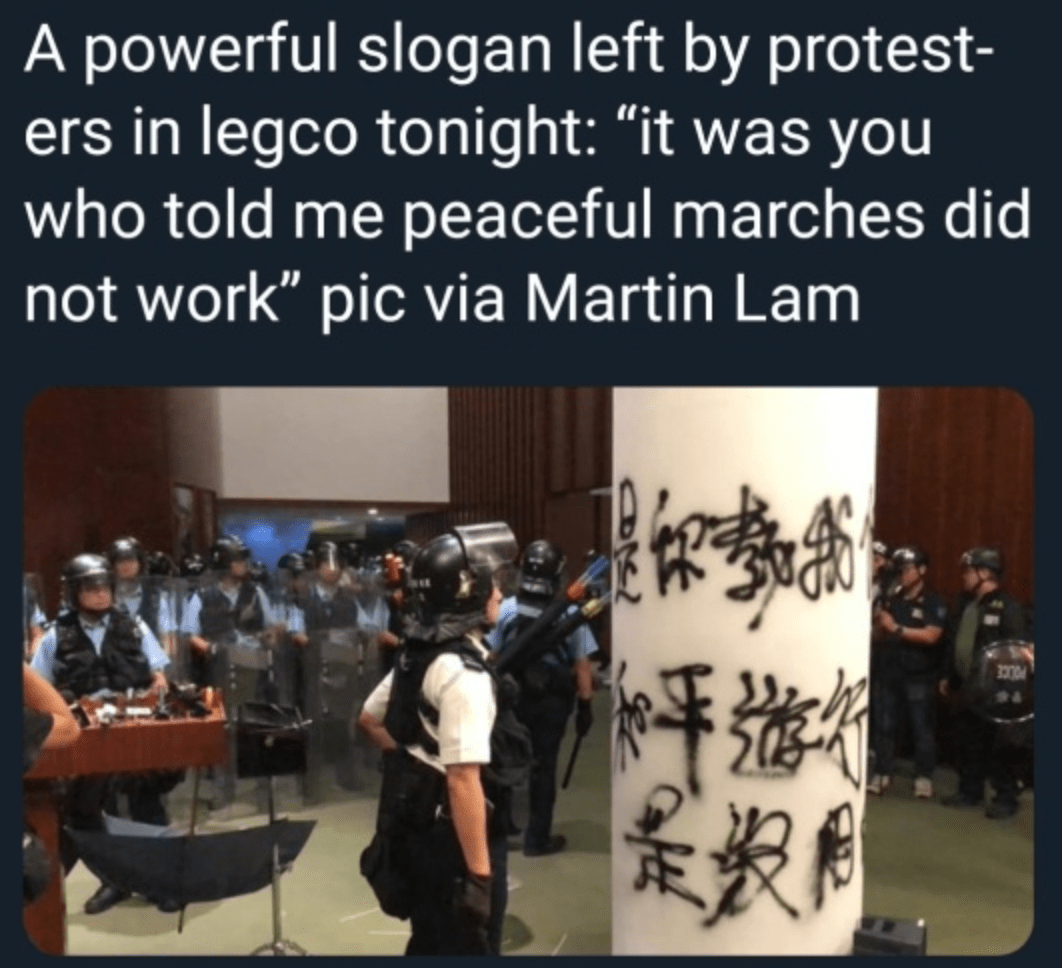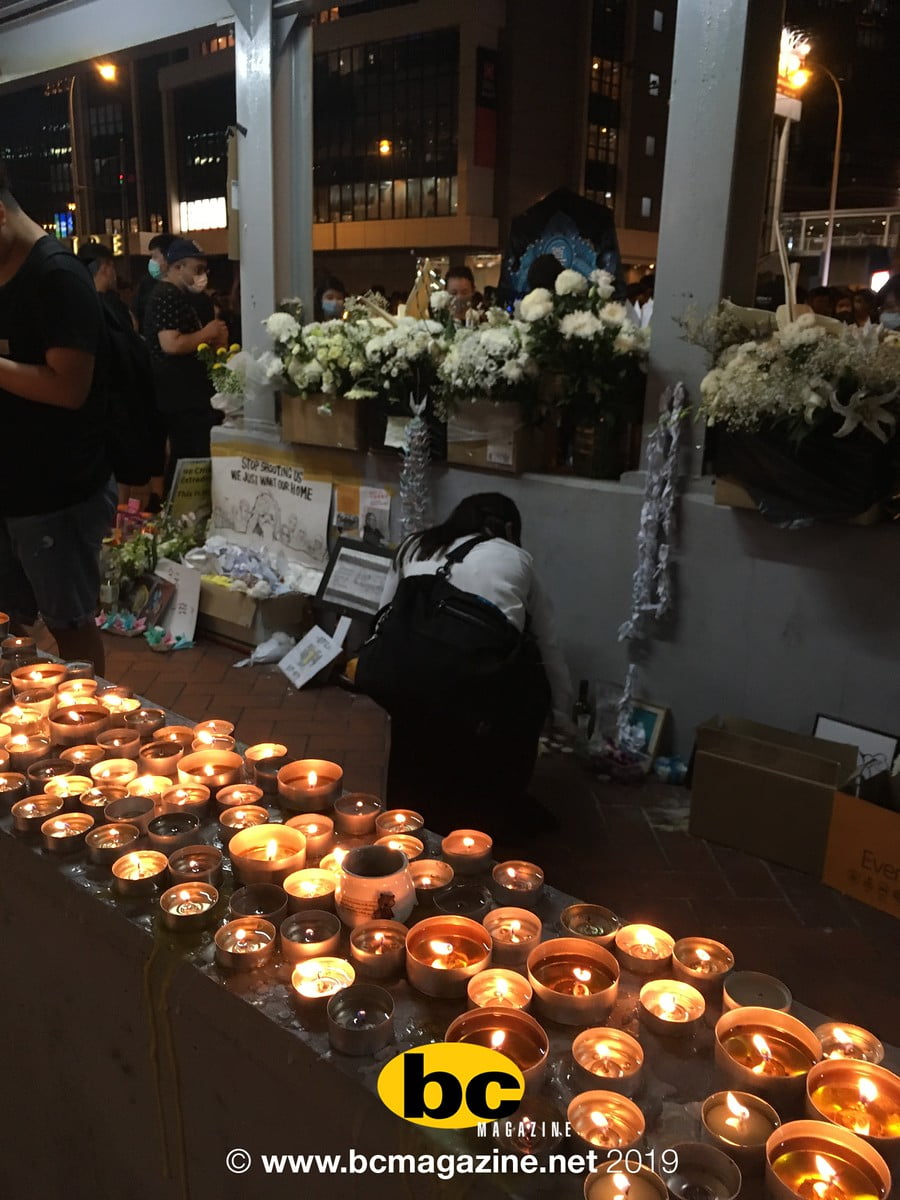I was one of the journalists stationed at the Legislative Council last night. As I write, the government has just called a press conference at 4 am. It is not hard to imagine how, by the morning, public opinion would sway against their favour thanks to the propaganda machine, and young protestors that occupied LegCo will have been labelled as “rioters”. Therefore, allow me to document here what I witnessed so that the public could gain a different perspective of the events.
https://www.facebook.com/RTHKVNEWS/videos/353449915337426/
At around 9 pm, the doors of LegCo’s main entrance were pried open. As we walked into the building, the stench of rotten eggs wafted through. Scattered on the ground were shattered glass and miscellaneous items. The young people and the journalists swarmed in, both going for the first floor by the escalator.
Located on the first floor of LegCo are the chamber and the ante-chamber, where lawmakers usually rest during work days. The sofas made for legislators had then become a place for the young people to rest their heads. Graffiti can be seen across the walls, there is a display within the cupboard.
One of the protestors reached for those items and was at once stopped by another who shouted, “Really, stop messing around!” “We are here to occupy, not to do damage,” said another as they went down the stairs. The first protester, as if they had been misunderstood, replied: “I just thought that it’s already damaged”. Others quickly retorted, “and that’s exactly because someone did it! Seriously, don’t touch anything!”
After a while, when we went back to the ante-chamber, there were four notes on the cupboard, which read “DO NOT DAMAGE”, and the items inside were totally unscathed. The same thing happened in the restaurant located on the foyer. Some of them took drinks from the fridge and left cash, careful to indicate with memos on the fridge that it was not a theft.
There was never a large crowd in the chamber—half of them were journalists, and some others were lawmakers. Fernando Cheung was there all night. And then it was what you see on the TV—graffiti, words in black spray paint. Outside the frame, someone dropped what appeared to be a metal plank, letting out a loud clang, but was immediately reminded “not to recklessly damage things”.
Amongst the portraits of LegCo Presidents, those of Andrew Leung, Jasper Tsang, and Rita Fan were taken down. Taking their places on the wall were the words of “YOU ASK FOR IT”. While the portraits Andrew Wong and John Joseph Swaine were, by some stroke of luck, left intact on the wall.
Deep into the night, debates and discussions on whether to leave or stay intensified. Pan-democrat legislators returned to the chamber, hoping to communicate with the young people there. The latter expressed clearly that they wanted to replicate Sunflower Movement, while others mentioned that they hoped the presence of lawmakers or other “adults” with certain leverage, who could stay with them and watch over them, would deter the police from taking disproportionate actions. They had indeed planned to occupy the chamber for an extended period of time at first, some even proposing setting up “scouts” and lines of supplies, or seeking help from “tech-saavy protesters who could operate the mics in the control room”.
They weren’t fearless. When someone shouted “the police are here” from the outside, they would panic and start running. After a while, when they realized it was a false alarm, they would start shouting “stay calm” and “don’t spread fake news” among themselves.
What really got the discussion going was a young man. Before that, there were already constant debates in the room on whether to leave or stay, but then this young man stood up and took off his mask. He yelled to the crowd things like, “We can’t afford to back down anymore”, “if we leave now, we are affirming CCTVB’s denunciation of us as ‘rioters'”, “we will be relentlessly hunted down and arrested; once we fall everyone will gloat”, “civil society will regress by 10 years”. He called for people to stay, while others applauded. When protesters reminded him to put his mask back on, he responded, “I took off my mask because there is nothing more to lose”.
But then shortly after this, there was a change of plans. Another young person spoke up, saying that help from prominent figures and lawmakers were vital to the Sunflower Movement, whereas the Hong Kong legislators here wouldn’t help them. “They care about their votes next year so much that there is no way they are going to help us”, “we’re the underdogs here, why should we sacrifice just so that they could capitalize on our moral appeal?” As this went on, another round of discussion kicked off. They had reached a certain level of consensus in the end, such as leaving after reading out the manifesto. But after reading out the manifesto, they drifted back to discussions, being extremely conflicted as to whether they should stay or leave.
The final decision was, 12 am would be the deadline for evacuation, as those at the frontline outside had negotiated with the police. Other than the several young people that insisted to stay, others would leave by then, while the frontline outside would buy them as much time as possible. Those who chose to stay gathered in front of President Podium and waited to be arrested. At that moment, it seemed that the dust had settled. Some of those who were prepared to get arrested took off their masks and were interviewed by the press.
But the discussion didn’t end here. They were still ongoing in the chamber, where someone proposed “If we leave, we leave together”; “we can’t leave them behind for the police”, while some said “I don’t care if this makes you think that I’m a ‘traitor’, but I’m going to say it anyway, why should we wait here to be arrested, why shouldn’t we leave”. Not only one but several young people started crying as they ask “why”.
Meanwhile, there were others coming in from outside LegCo, and there were reports saying that the cops were ready and people should leave. As crowds of protestors left, only those who braced themselves for the police remained.
The turning point came at around 10 minutes before 12am. Everyone thought this is going to be how things end, but all of a sudden, a dozen young people stormed into the chamber, chanting “we leave together, we leave together”. They grabbed those who had chosen to stay and dragged them out. StandNews’ live feed bore witness to this moment, in which one can hear the journalist asking several girls among the squad, “the 12am deadline is looming, aren’t you scared?” And the girls went, “all of us here are scared. But we have to get the four of them out, even if we’re scared because what we are more afraid of is not being able to see them again the next day”.
https://www.facebook.com/ThingsAtHongKong/videos/2147533238677447/
Although LegCo was cleared (only lawmakers and journalists remained), the police still behaved as if they were prepared for confrontation; I could smell the tear gas before I even left the building. Without goggles and face mask, I started coughing as I inhaled the gas. A girl who was retreating passed by and shoved a slice of lemon into my mouth (I didn’t know then that lemon could help one cope with tear gas).
The pan-democrats were present the whole time. When the police were clearing the scene, Roy Kwong was talking to the press in Harcourt Road, pleading the police not to go too far. Alvin Yeung was also in Admiralty Centre, helping to get people into the MTR station and leave. Au Nok Hin was running around with a loudspeaker…and some other pan-democrats were there, too.
The police cleared the scene with extreme restrained manner. They even asked if the journalists would like some water when they were pushed forward.
Above are my observations overnight. Are these young people rioters? Why did they charge? Had they acted wantonly or caused significant damage? You can decide for yourself.
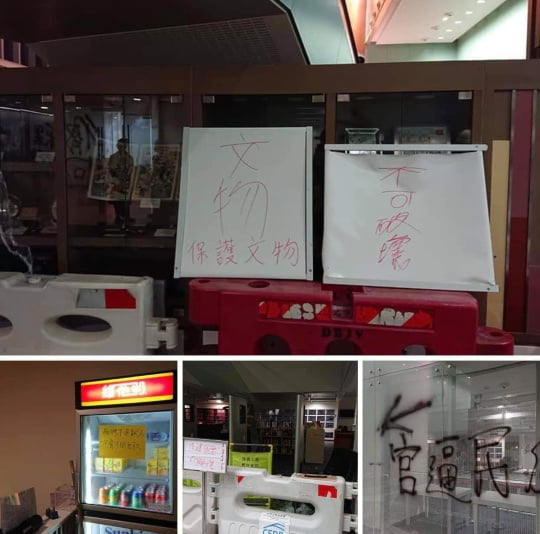
But below is my take on this, which is totally subjective.
They have used force, damaged the building, and broken the law. But they had not caused wanton damage. All the damage they did was an expression of their deep dissatisfaction towards the norms, the establishment, and the regime. Many may say that they should not have done this because there were other alternatives. But to them, this was the last resort. Even if they never stop searching for a new way out, it’s only a matter of time before they could only turn to more perilous means. No one would ever storm into the LegCo Building for fun. People need to stop always accusing them of being incited. If you have ever listened to their discussions once, you’d realize they have really put thought into everything they did. They might be rough and imperfect ideas, but they were not easily manipulated by others either.
Before putting the blame on them, shouldn’t we first ask, why has a city that takes pride in being “civilized” driven a whole generation into the brink of mental collapse? Even deaths? Hope was slowly extinguishing before their eyes. They have done almost everything, from civil disobedience to forceful break-ins, even death for the cause. They have done what we as adults wouldn’t do or wouldn’t dare do.
But the regime stands unmoved and has shown no sign of mercy. It shuts its eyes to all their demands, knowing clearly that its unresponsiveness will only further anger the young people, pushing them towards more radical extremes. So when finally the young stormed into LegCo, and the government decided to issue a condemnation at 4am, to emphasize “the Rule of Law”, manipulate public opinion through mass media, and brand the young as rioters. What kind of regime is this, hiding behind a fig leaf called “the Rule of Law”? It knows that standing by idly and unleashing the police onto the young people will only end up in casualties and hatred on both sides, and yet it chooses to turn a blind eye to all this, using this deepening feud between the two as bargaining chips to prolong its stability. What kind of regime is this that exploits its peers and treats the future of our society like this?
For the young, freedoms, human rights, democracy, the Rule of Law, civil society, all these metaphysical values are, in reality, what they value as everything. Some would mock them, saying that they’ve buried their heads in books to the extent they’ve lost their minds. But please think further; every generation has its own unique pursuit. The last generation sought stable livelihoods and therefore worked frantically to improve their lives. This is a decent pursuit. But this is also exactly why, after the last generation’s hard work, when living conditions have improved tremendously, our children have embarked on the journey to seek ideals more than bread and butter. This is social progress.
Yet, they pursue these ideals in the face of merciless backlash from the last generation. The latter accuse the young of going onto the wrong path, as they fervently wish for the young to copy what they had done in their times to reach success. Isn’t this impending social progress?
On this night I honestly couldn’t see the young “rioting” (of course, the regime has also refrained from recklessly further defining the event). What I saw were simply kids willing to sacrifice themselves for the future of Hong Kong. They risked their careers. They didn’t go on trips or dates even though it’s summer, they chose to come out knowing that they might since then live forever in the shadow of being arrested, for they wish to defend what we as adults had failed to defend well. The means they resorted to might be immature and unrefined, sometimes reckless even…but whatever more mature means there are, they’ve already tried them. And we all bear witness to how effective it’s been.
As a 30-year-old, I am ashamed. We are supposed to protect our children, and yet now we are in their protection. They might be foul-mouthed, not gracious enough at times, and they might get into arguments when they see things they deem unjust. But this is because they really care. They really care about this place.
Lastly, to all the 30, 40, 50-year-old friends out there, before the young takes this city on as their responsibility, it should first be ours. The truth is, the society is largely run by the middle-aged and the elderly (just take a look at the ruling class). Can we promise ourselves? When the day comes that we take over this society, that we will not let it feed on our children any further?
Original: Kris Ching HKCnews.com
Translation: anonymous

